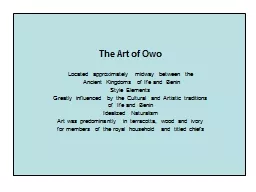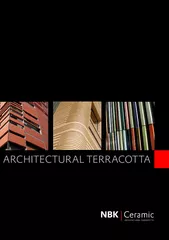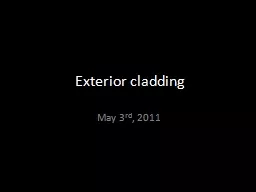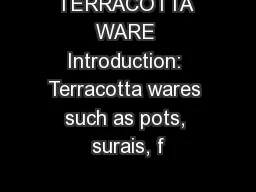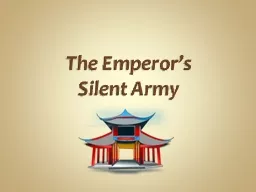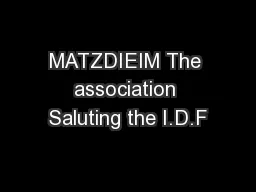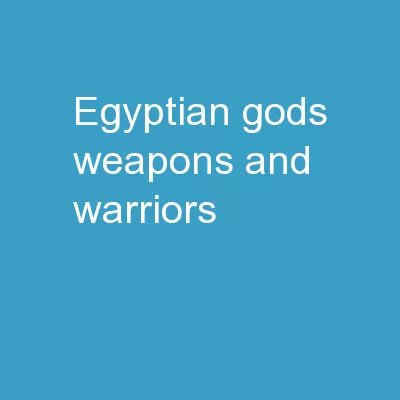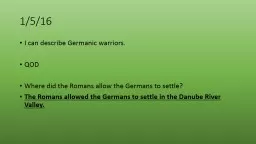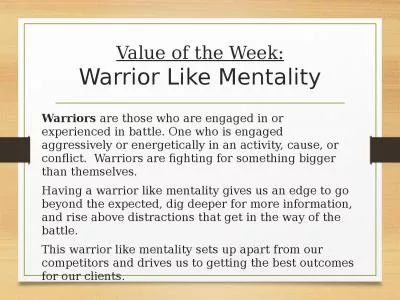PPT-Terracotta Warriors
Author : karlyn-bohler | Published Date : 2017-03-21
In 247 BCE a 13 year old boy known as Zheng became king of Qin pronounced Chin one of a number of kingdoms we now know as China Zheng would be known as Qin Shi
Presentation Embed Code
Download Presentation
Download Presentation The PPT/PDF document "Terracotta Warriors" is the property of its rightful owner. Permission is granted to download and print the materials on this website for personal, non-commercial use only, and to display it on your personal computer provided you do not modify the materials and that you retain all copyright notices contained in the materials. By downloading content from our website, you accept the terms of this agreement.
Terracotta Warriors: Transcript
Download Rules Of Document
"Terracotta Warriors"The content belongs to its owner. You may download and print it for personal use, without modification, and keep all copyright notices. By downloading, you agree to these terms.
Related Documents


